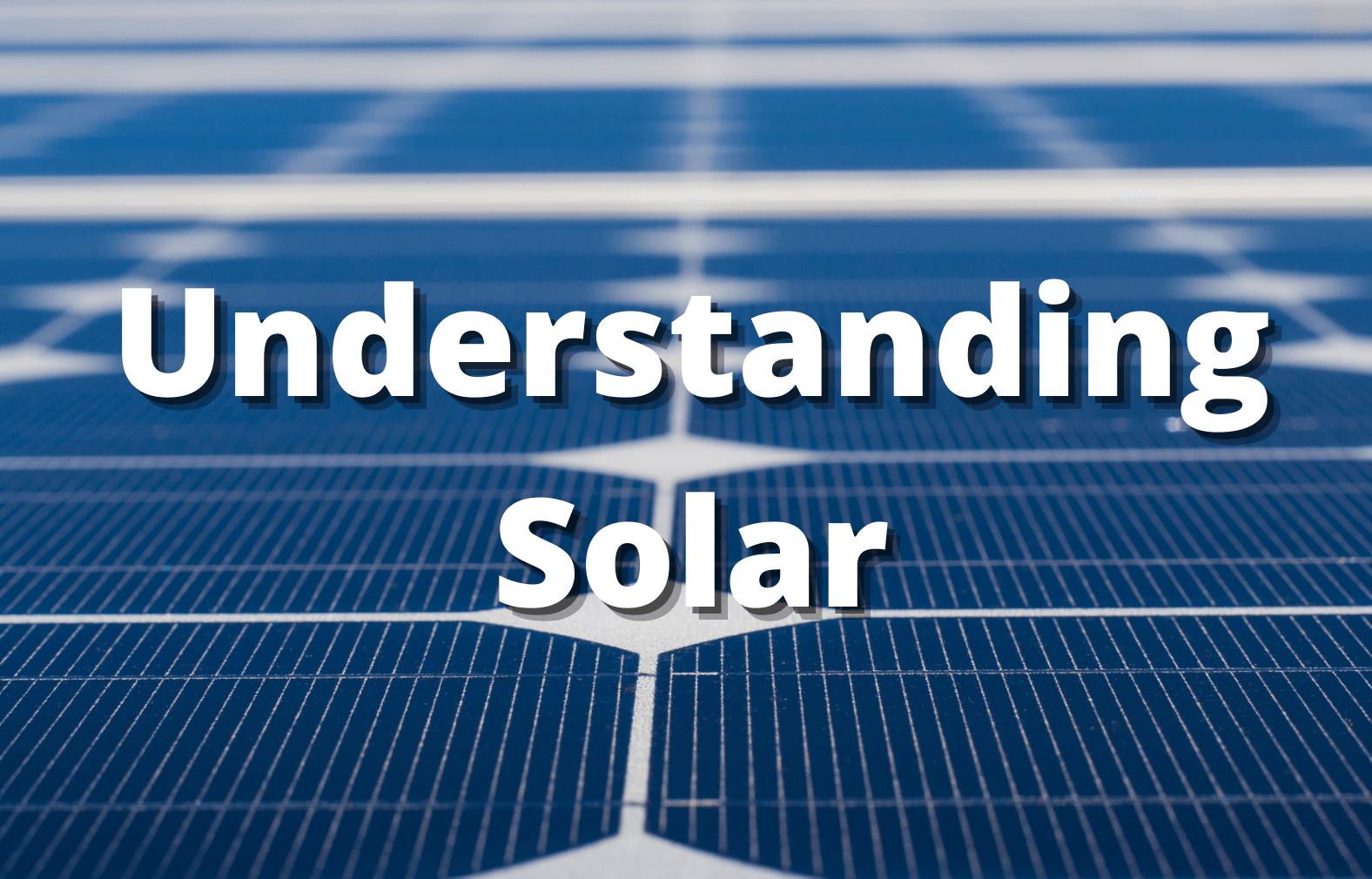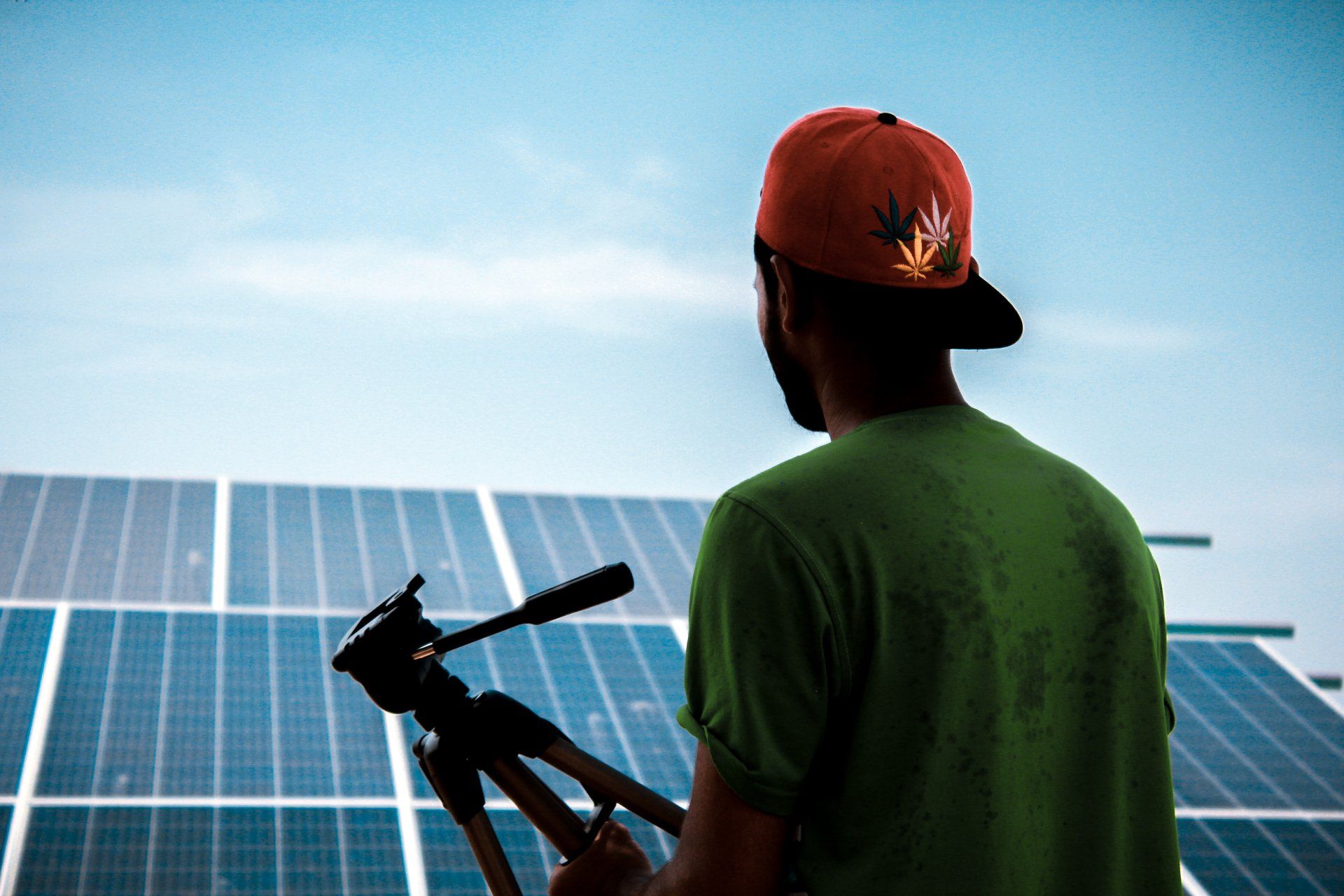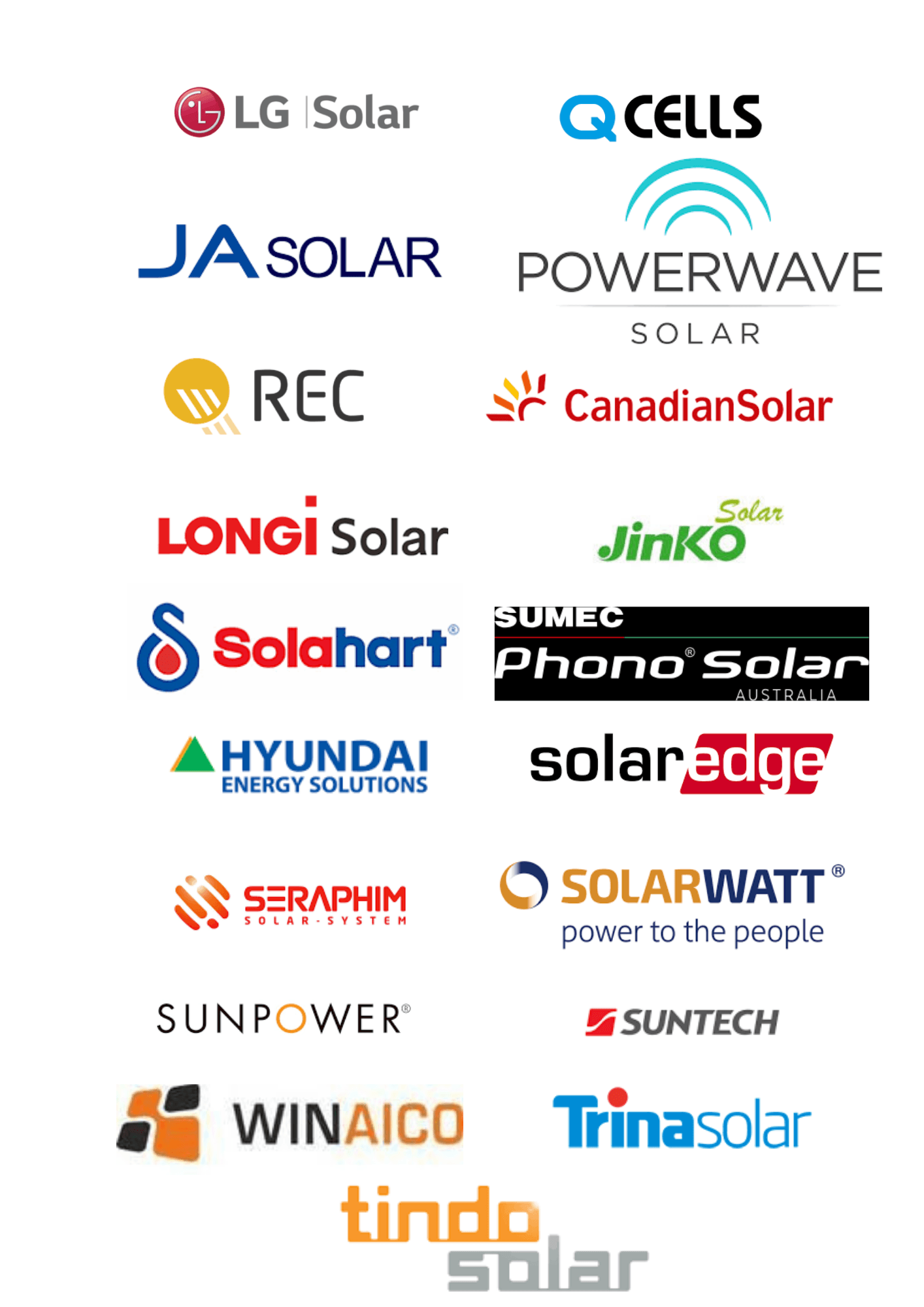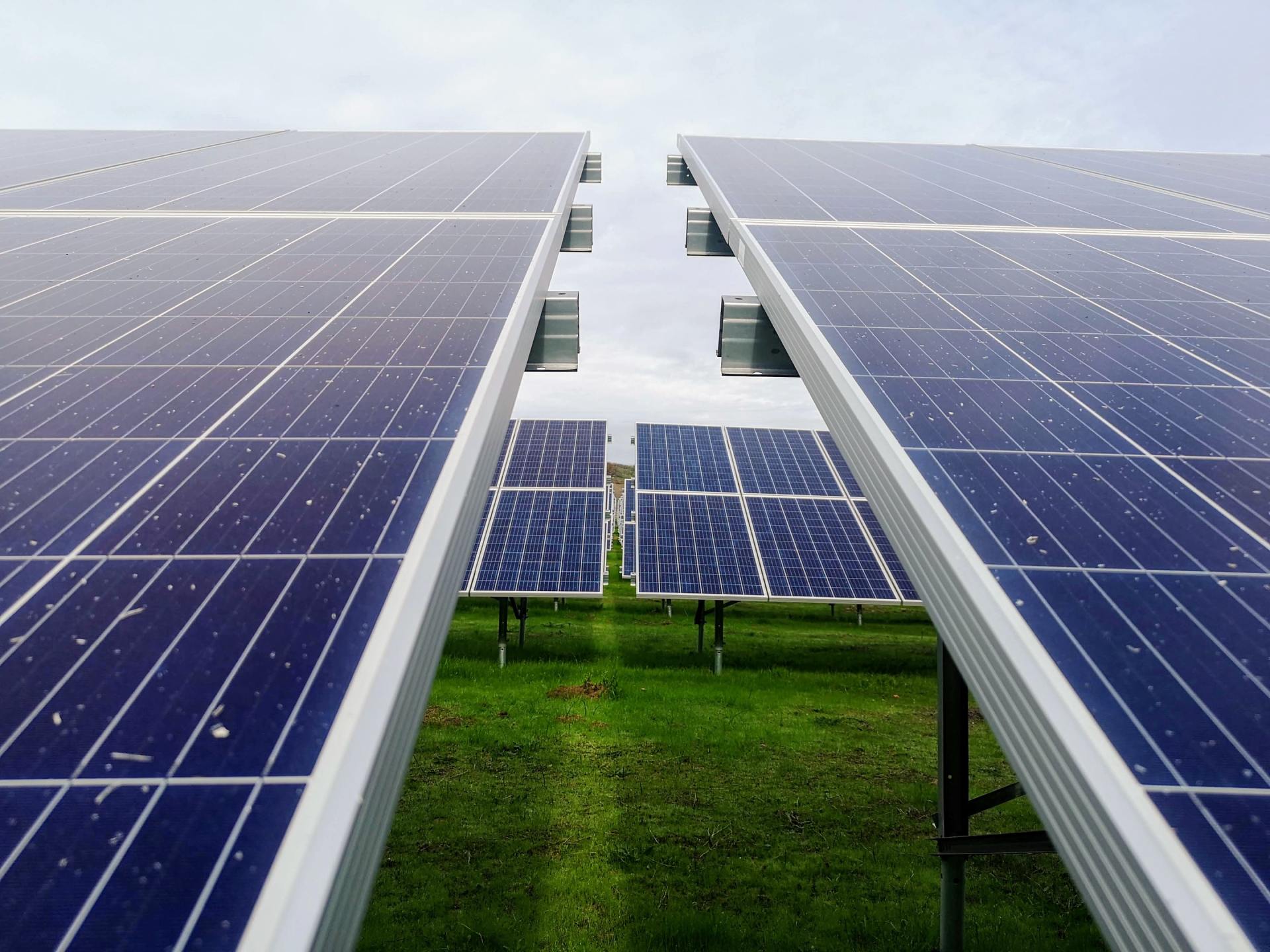Understanding Solar in 2022
Understanding Solar In 2022

There are 4 main parts to a solar system.
Solar panels
- they are a collection of 60 or more solar cells. Panels use different cell types and arrangements. The two Cell types are Pollycrystalline & Monocrystalline. These are both very similar so either of these would be a fine selection.
Cell arrangement - standard, half cut or shingled. The main benefit to choosing half cut or shingled is if you have shade creeping over your solar panels in the day. Otherwise any of these will be a good selection.
Solar manufacturers usually make the panels in two sizes one is a 60 cell residential size generally about 1 x 1.65 meters and then a 72 cell which is a commercial size which are usually 1 x 2 meters. If the panels are half cut you will get double the amount of cells. The commercial panels are bigger and weigh more and they generate more watts than the residential size.
Surprisingly it’s becoming more popular for solar installers to quote residential customers on commercial sized panels because they can get more power out of less panels on the roof. The only downside to this option is getting the clamping sides in place on the commercial panels, if this part of the procedure is not done correctly it can cause the panels to lose longevity. Don’t use commercial panels on small residential roofs, it will cause trouble.
The options above really don’t matter too much..
What does matter the most when choosing your solar panels is the brand.
Here are some of the best brands that I know and trust to use when installing solar panels in Australia.
I would strongly advise to go with one of these providers listed above.
These brands are fairly similar, some are higher end brands like LG and others are budget end brands like Longi and they will differ in price. The difference in performance is minor as well. What you really need to look out for is how much guarantee they provide after 25 years on your roof and how long the product warranty is.
The Inverter
String Inverter- 1 per solar system
The inverter is on the wall and all of the solar panels are connected to it (Not recommended to be installed in direct sunlight). The inverter will convert the steady DC electricity that the solar panels make into oscillating 230 volt AC electricity.
In the first 10 to 15 years the inverter is most likely to be the first thing to fail as it is working really hard each day and over time they do wear out.
My suggestion is to choose a mid to high end inverter as they will usually last longer.
Micro Inverter - 1 per solar panel
These micro inverters go on the back of each solar panel. Micro Inverters are more expensive but have some benefits to consider.
Power Inverter - both micro and sting inverter
Racking
The racking is what your solar panels are connected to. There are many different brands where the racking is made out of aluminium. Higher end brands like radiant offer more adjustability and flexibility in the design of the system and are known to corrode less over time.
Consumption Monitor
This goes inside of your switchboard and is a small box that measures how much electricity is coming from and going to the grid.
Quite often the consumption monitors aren’t being installed but If you’d like to know exactly what your house is using in electricity I would recommend installing this. Yes, your inverter will tell you how much solar is being generated from your system but you will have no idea how much solar your house is actually using.
You need to know how solar is used by your home
Your solar system generates a certain amount of kilowatts at any time, this is then split if your house is using less energy than the solar system is generating the remainder will be sent to the grid where you will make a bit of money back from your electricity provider for each kilowatt-hour of energy that is exported. The amount you receive back will all depend on your feed-in tariff from your provider.
If your solar system isn’t providing enough power for your home the grid will top up the extra amount needed, resulting in a higher power bill.
How many panels should you buy?
Things to consider are:
- Your Budget
- The size of your roof (how many panels will fit)
- Your distributed network service provider that your electricity provider lets you install.
For most homes the minimum system you should install is 6.6kw system which is about 18 panels and a 5kw inverter.
We always hear of people wishing they had installed a larger system at the start as they find the system isn’t generating enough for what their house needs or wishing they made more money back from the grid with a larger system. It’s better to have more than enough than not enough at all. Putting more solar panels on your roof at a later date can be tricky and expensive to do.
Consider what solar rebates your local government is providing.
These rebates are discounted off the final cost of your solar installation. All of the prices you see advertised already have the discount taken off.
Anyone can claim the solar rebate (even if you have already had them installed) if your system is less than 100kw in size, you have it installed by a CEC accredited installer and the panels and inverters are approved by CEC in Australia.
Note: The solar rebate is slowly being phased out, each year it is slowly going down and will eventually be phased out by 2031.
The difference between the solar rebate and the solar feed-in tariff
Solar feed in tariff - how much you are paid for the solar electricity you export into the grid. Solar systems have reduced in price by 80%. Feed-in tariffs have also reduced to 3 to 20 cents depending on your location and electricity provider.
Solar Rebate - The federal solar rebate - this is still available and won’t be greatly reduced any time soon.
Solar panels are a great way to reduce your reliance on the grid, and can save you money in the long run. Not only that, but they also help to reduce your carbon footprint, making them a more environmentally friendly option. If you’re thinking of installing solar panels on your property, make sure to do your research first – there are a few things to consider, such as the size of your property and the amount of sunlight it receives. But if you’re looking for a way to save money and reduce your impact on the environment, solar power is definitely worth considering. If you live in Cairns, you’re in luck – the state government offers a number of rebates and subsidies for solar power systems. This means that you could save even more money on your electricity bills, and help to reduce your carbon footprint even further. So if you’re considering making the switch to solar power, be sure to check out the benefits that Queensland has to offer. You may be surprised at just how much you can save.
Contact us today to discuss how we can help you get started with solar!

Available for all enquires!
Phone: (07) 4253 5225
Email: cairns.solar.installers@gmail.com
Cairns, QLD, Australia


